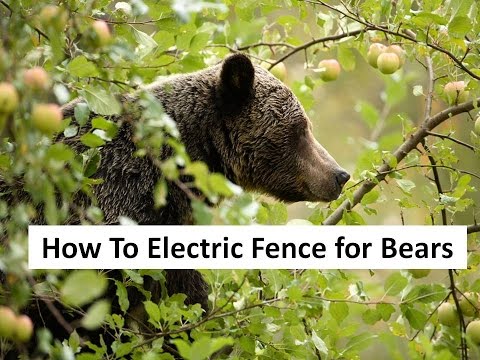- Jan 23, 2017
- 21
- 29
- 104
Hey everyone, my wife and I have dreamed of fresh eggs for a few years now and we think 2017 might be the big year for us to make it happen. We are in the poconos and our yard is basically a combination of rock that was cleared for the house foundation with a layer of topsoil plopped on. I've stitched together somewhat of a panorama of our backyard, sorry for it being kind of crude, haven't figured out how to do it properly on my phone.
We've got a lot of trees, rock and our septic mound out back. We have tons of bear and some coyote. It would be cost prohibitive for us to clear and fence in the entire backyard so the current plan is to construct a 10' x 15' (or so) enclosed fenced space to house the coop and serve as a spacious run. We then plan to leverage electrical rope on the perimeter to thwart the curious bears.
As you can see in the picture we have a little baby yard with grass and then it shifts to trees, stumps, rocks etc. Our current plan is to clear out that far left side. They'd have a nice amount of shade plus it wouldn't encroach too much on the rest of the backyard. The concern is that currently the ground is just very acidic claylike dirt and rock so we are unsure how to prep the area... Taking down the few small trees, rhododendron and clearing out the larger rocks isn't a concern but then what? The soil is just a mass of acidic clay. We do have a large landscaping place that can deliver extra compost, topsoil and gravel by the yard but were not sure what would be best.
The other location we were considering is right up against the house as outlined on the right side. This would be killer because we could toss out scraps directly from the kitchen window and gathering would be very easy. We know that what is currently grass would soon be dirt but thats ok, we don't really care if we have nice grass or not. The only concern there is smell. Seeing as how it would be directly off the back patio space, do you think (assuming we leveraged the deep litter method and stayed on top of it) smell would be an issue?
Any feedback on the above would be greatly appreciated, thanks in advance!!!

We've got a lot of trees, rock and our septic mound out back. We have tons of bear and some coyote. It would be cost prohibitive for us to clear and fence in the entire backyard so the current plan is to construct a 10' x 15' (or so) enclosed fenced space to house the coop and serve as a spacious run. We then plan to leverage electrical rope on the perimeter to thwart the curious bears.
As you can see in the picture we have a little baby yard with grass and then it shifts to trees, stumps, rocks etc. Our current plan is to clear out that far left side. They'd have a nice amount of shade plus it wouldn't encroach too much on the rest of the backyard. The concern is that currently the ground is just very acidic claylike dirt and rock so we are unsure how to prep the area... Taking down the few small trees, rhododendron and clearing out the larger rocks isn't a concern but then what? The soil is just a mass of acidic clay. We do have a large landscaping place that can deliver extra compost, topsoil and gravel by the yard but were not sure what would be best.
The other location we were considering is right up against the house as outlined on the right side. This would be killer because we could toss out scraps directly from the kitchen window and gathering would be very easy. We know that what is currently grass would soon be dirt but thats ok, we don't really care if we have nice grass or not. The only concern there is smell. Seeing as how it would be directly off the back patio space, do you think (assuming we leveraged the deep litter method and stayed on top of it) smell would be an issue?
Any feedback on the above would be greatly appreciated, thanks in advance!!!
Last edited:

 ) We have an empty lot on our left and a vacation a-frame on the right. Directly behind us is hundreds of acres of state game lands. Actually we are the only full-timers on our street so it's pretty private.
) We have an empty lot on our left and a vacation a-frame on the right. Directly behind us is hundreds of acres of state game lands. Actually we are the only full-timers on our street so it's pretty private.

